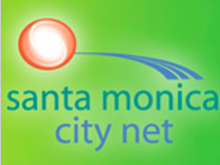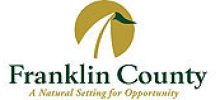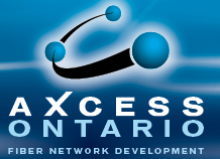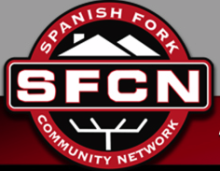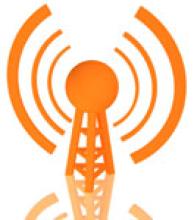Santa Monica Receives Another Award for City Fiber Network
Santa Monica has received yet another award for its publicly owned broadband network, not too long after it received award from the Ash Center at Harvard University.
Santa Monica’s broadband initiative was nominated for the network’s ability to provide speeds of 10 Gigabits per second, achieve a 67% cost reduction, and the economic and technological growth opportunities that result from supporting companies along Santa Monica’s Tech Coast with a leading-edge broadband infrastructure. ... The City of Santa Monica leases dark fiber and offers lit fiber to local businesses for affordable broadband at 100Mbps, 1Gbps, and 10Gbps speeds. Santa Monica's broadband model results in a reduction of construction costs for new broadband service, an increase in purchasing power of connected local businesses, and a broadband market expansion for Internet service providers that now may offer service to small, medium and large commercial buildings. The city also recently received honors as one of the Top 25 Innovations in Government by the Ash Center at the Harvard Kennedy School and a Significant Achievement Award from the Public Technology Institute (PTI) for the broadband initiative.We try to keep track of the many awards the community networks have won so don't be afraid to alert us of community networks winning awards.


